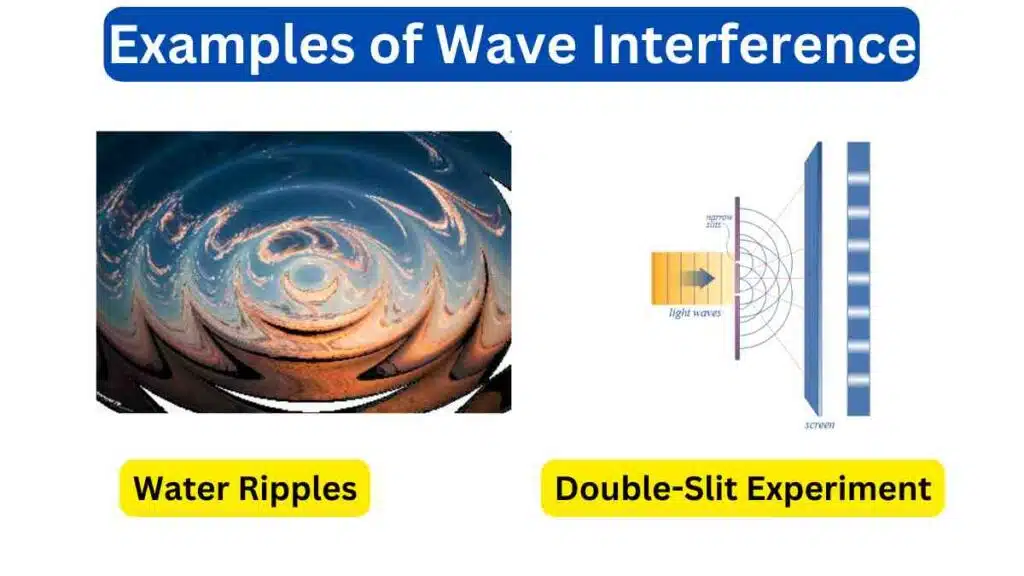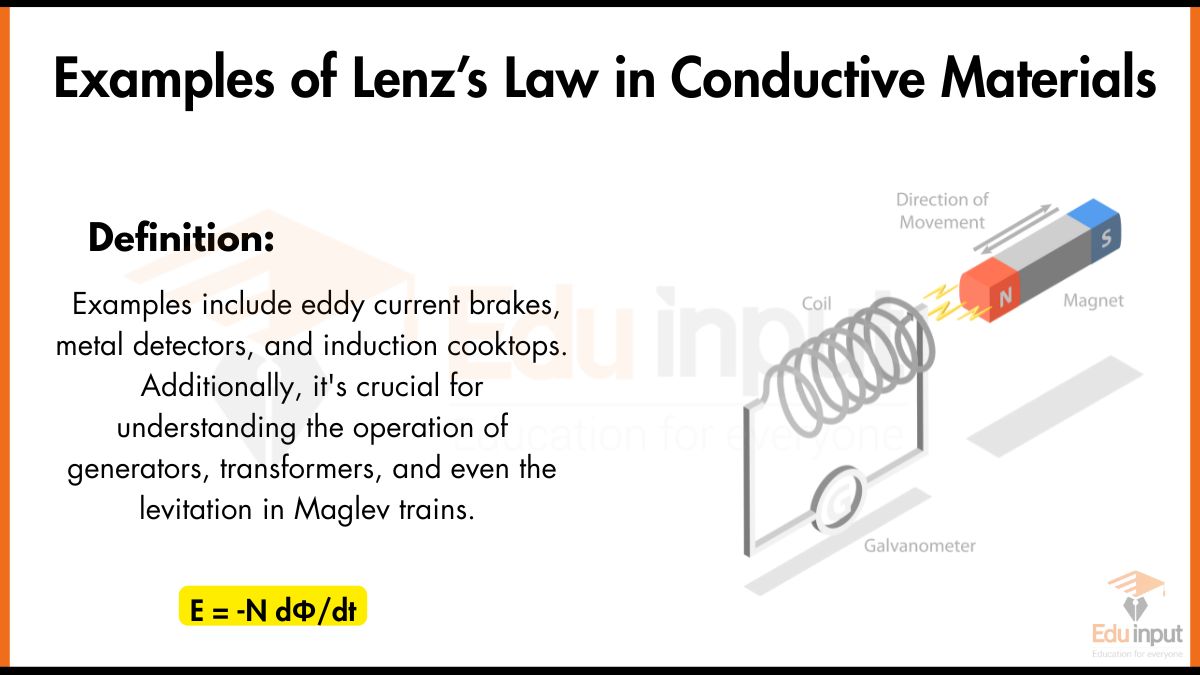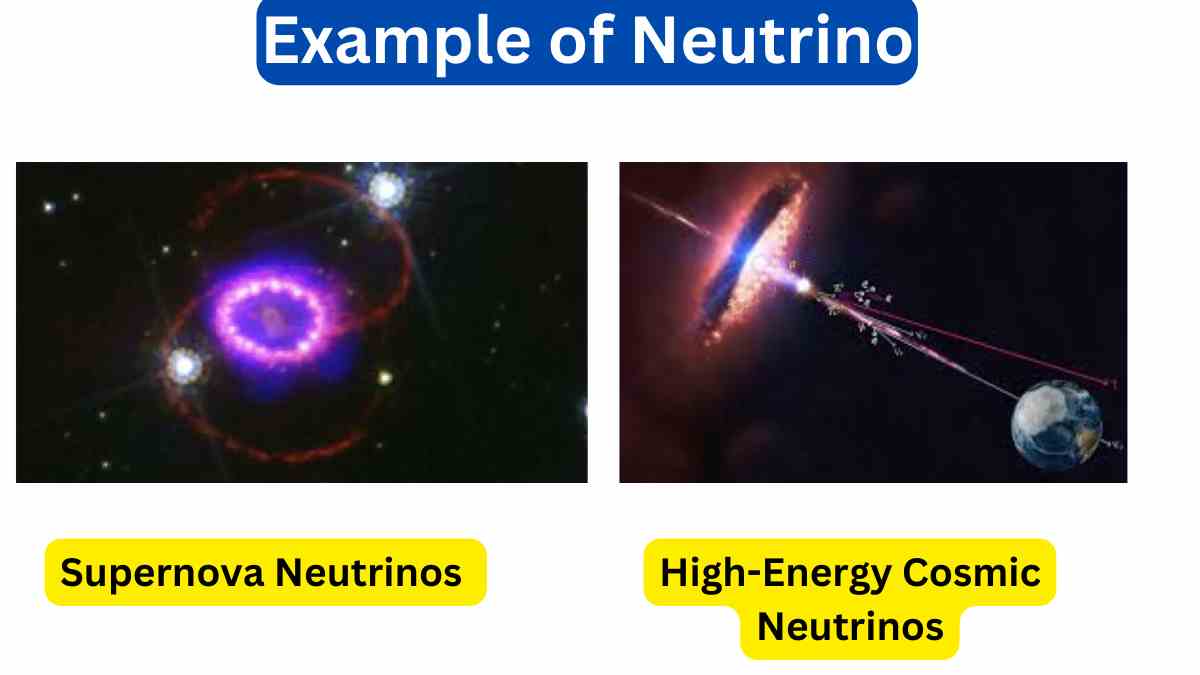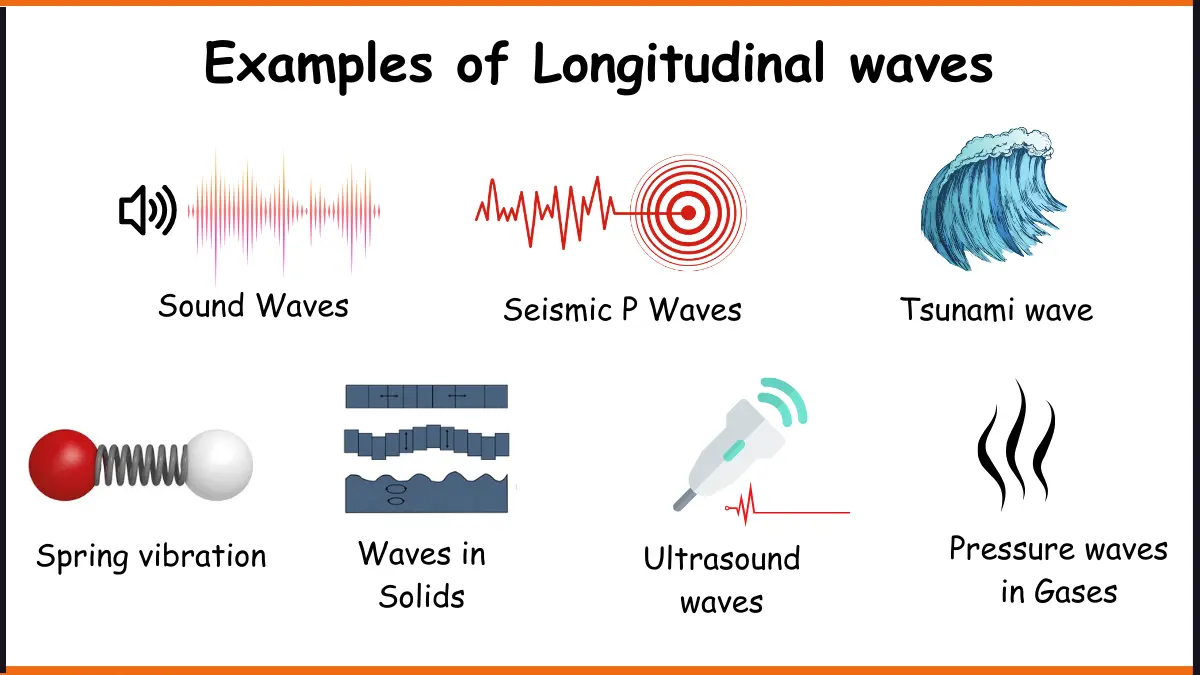10 Examples of Wave Interference
Wave interference occurs when two or more waves interact with each other, either constructively (amplifying each other) or destructively (canceling each other out). Water ripples and sound waves are very common examples of wave interference.
Examples of wave interference
Here are ten examples of wave interference.

1. Water Ripples
When two sets of water waves meet, they can either reinforce each other, creating higher waves (constructive interference) or cancel each other out, producing calm water (destructive interference).
2. Sound Waves
In acoustics, interference occurs when sound waves combine. This can lead to the phenomenon of beats, where two slightly different frequencies create a pulsing sound.
3. Double-Slit Experiment
In quantum mechanics, the double-slit experiment demonstrates wave interference with particles like electrons. When electrons pass through two slits, their wave functions interfere, creating an interference pattern on a screen.
4. Light Interference
In optics, when light waves overlap and combine, they can produce constructive interference, enhancing brightness, or destructive interference, leading to dark areas in the resulting pattern.
5. Radio and TV Reception
Radio and TV signals can interfere with each other, causing static or distorted reception when signals overlap.
6. Musical Instruments
In musical instruments like the guitar, the interference of waves along the strings produces harmonics and various timbres.
7. Antireflection Coatings
In optics, antireflection coatings on lenses are designed to minimize reflection by creating destructive interference between reflected waves, improving image quality.
8. Michelson Interferometer
The Michelson interferometer is a device that uses interference patterns of light to make precise measurements of distances, such as the speed of light.
9. Interferometry in Astronomy
Astronomers use interferometers to combine light from multiple telescopes, creating a virtual telescope with much higher resolution for studying distant celestial objects.
10. Quantum Superposition
In quantum mechanics, particles can exist in superpositions, where they interfere constructively and destructively, leading to phenomena like quantum entanglement and quantum computing.
These examples illustrate the broad range of applications and phenomena where wave interference plays a crucial role, from everyday experiences like water ripples to the cutting-edge science of quantum mechanics and astronomy.







Leave a Reply